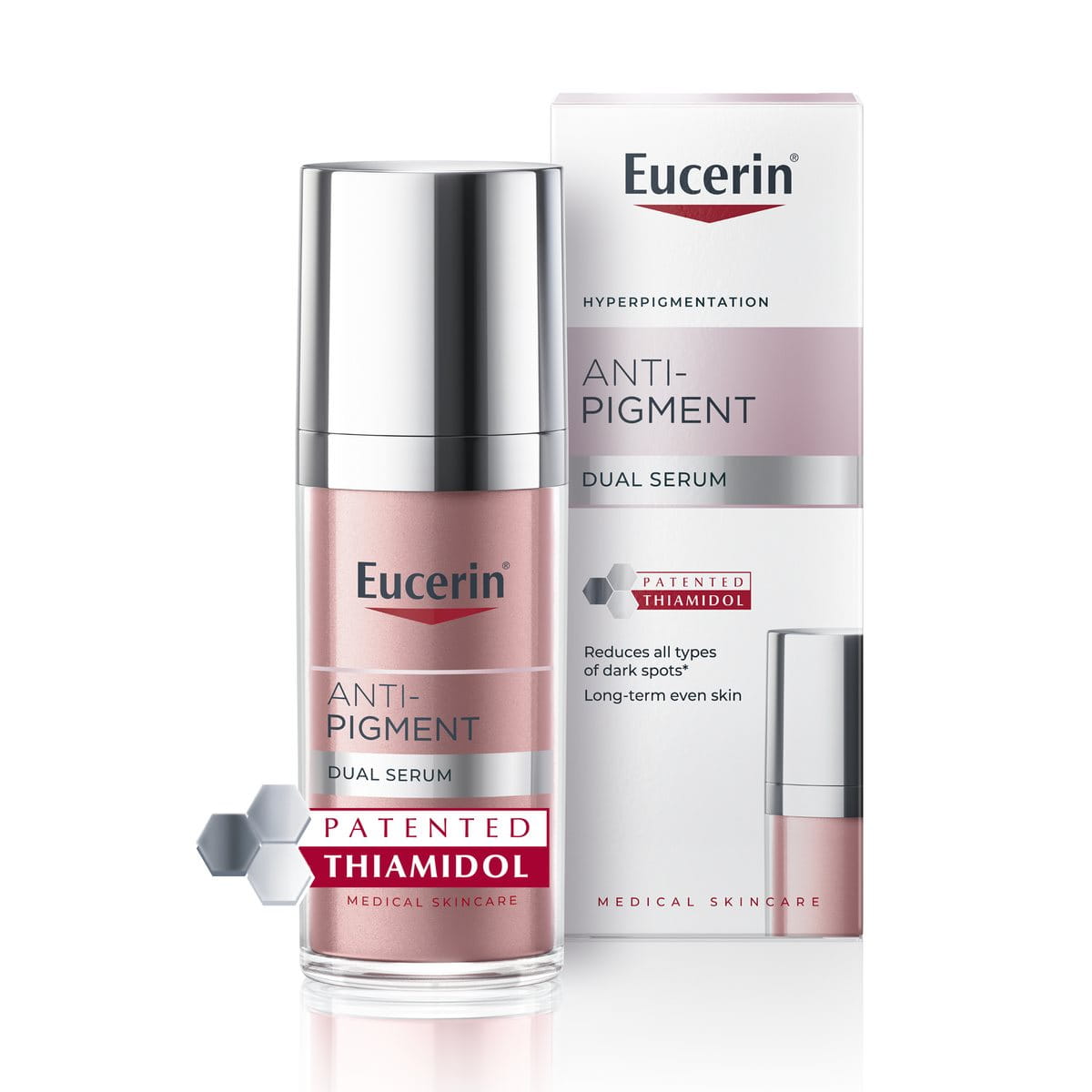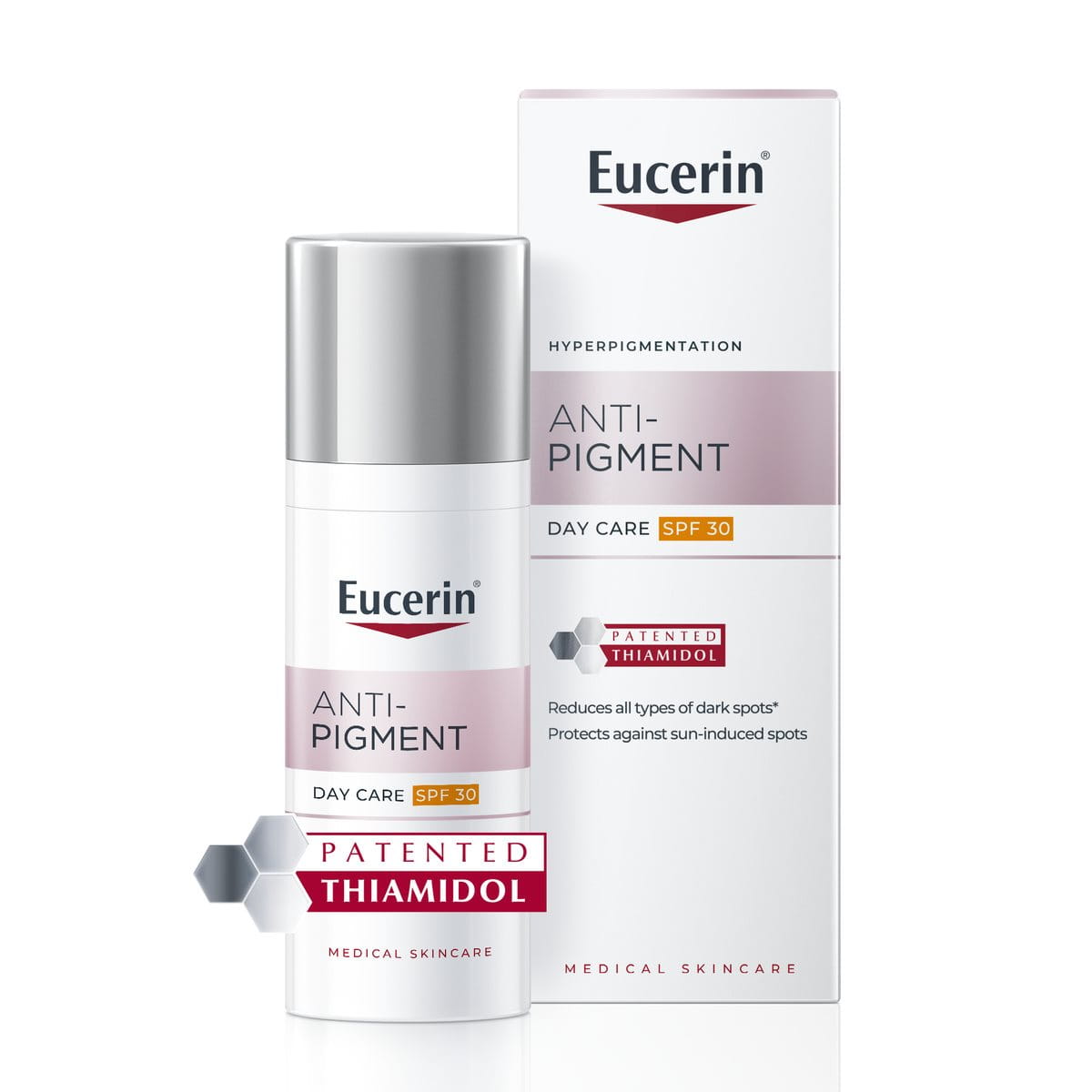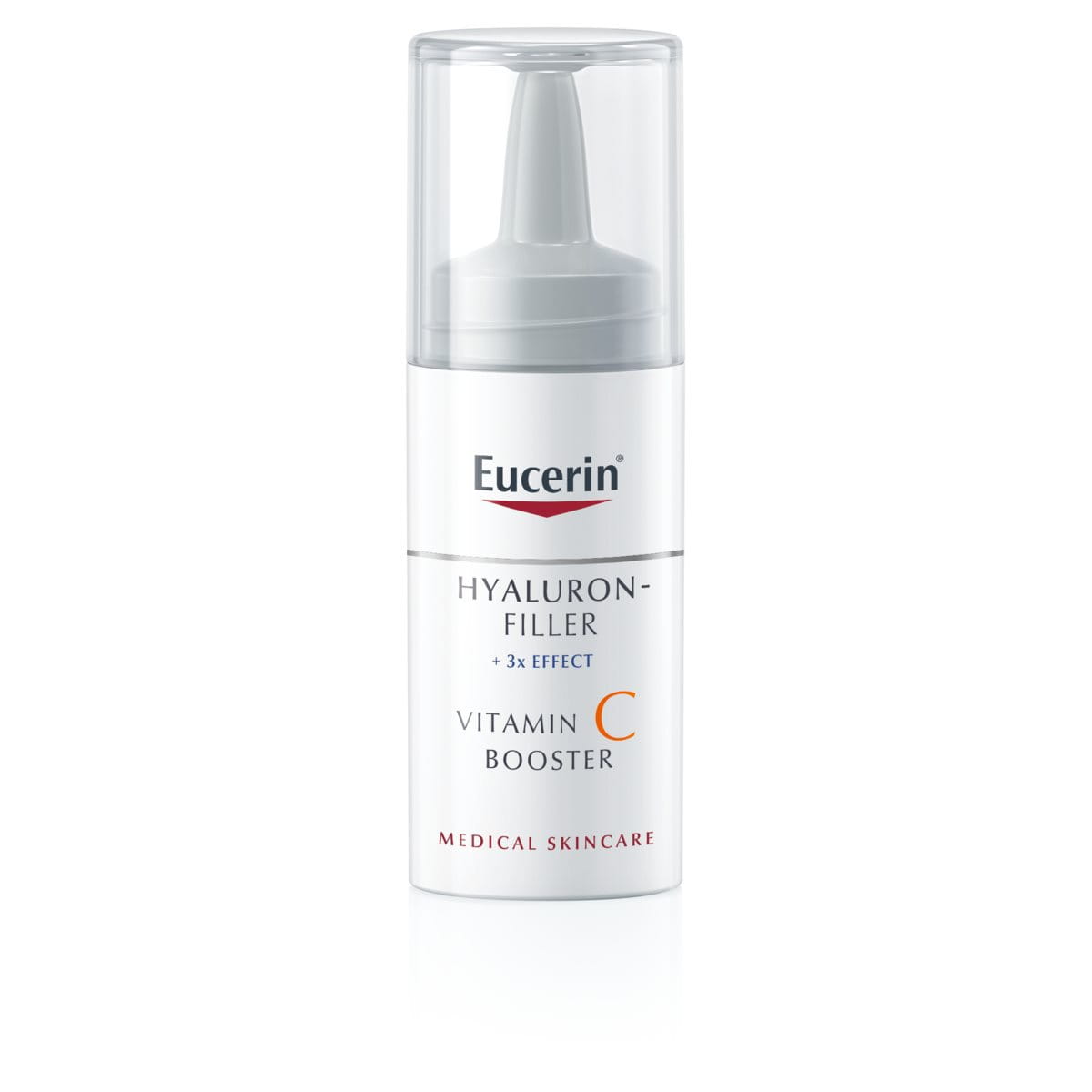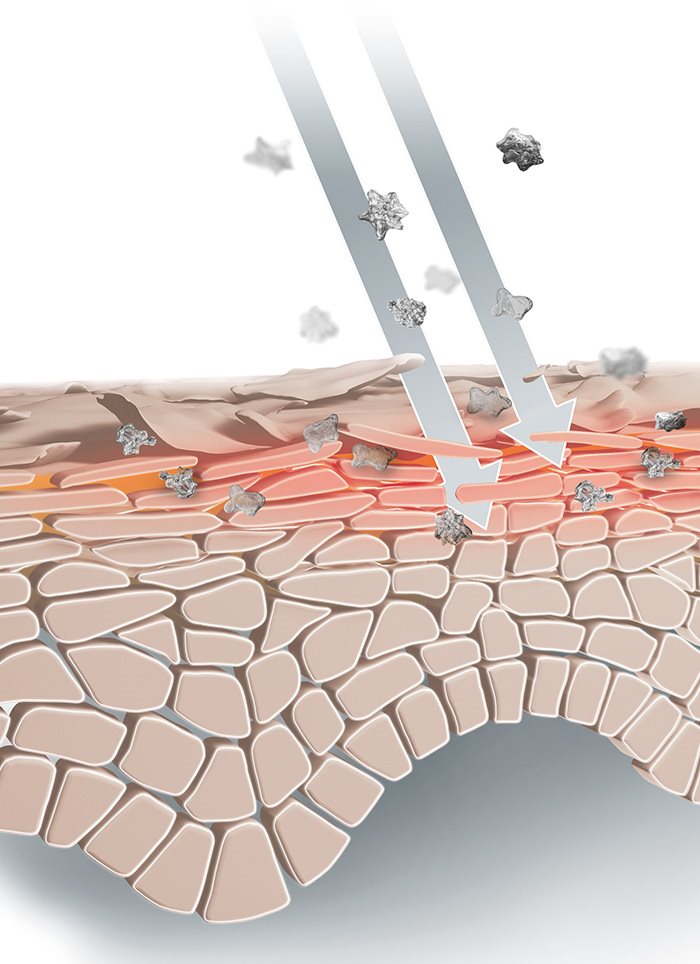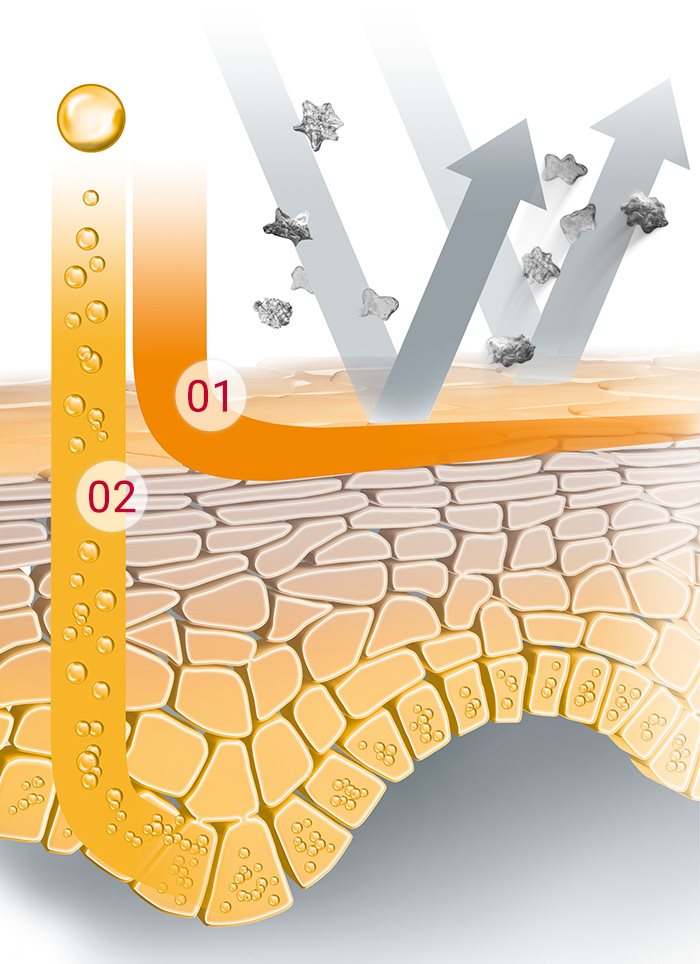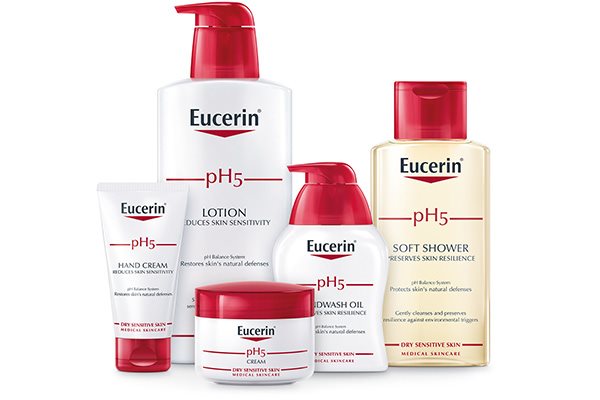Sensitive skin needs special care
That’s why Eucerin has been using its expertise to create highly tolerable and effective products since the 1950s. This pioneering spirit has led the way, first with a pH5 ointment, then with a complete range of body care products in the 1970s. However, developments in research methods led to a real breakthrough when three active ingredients were shown to protect the skin's acid mantle and activate natural enzyme activity from the inside out.
